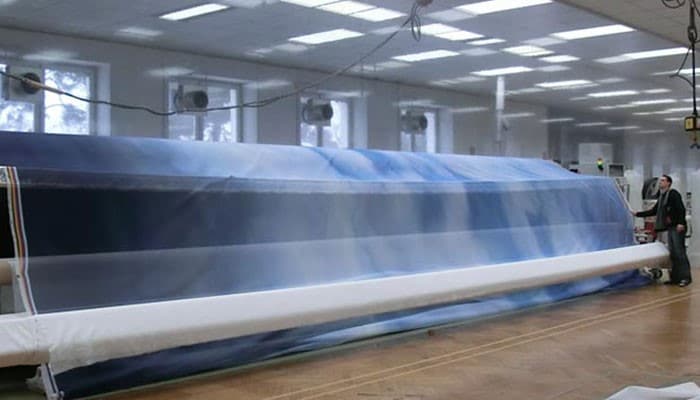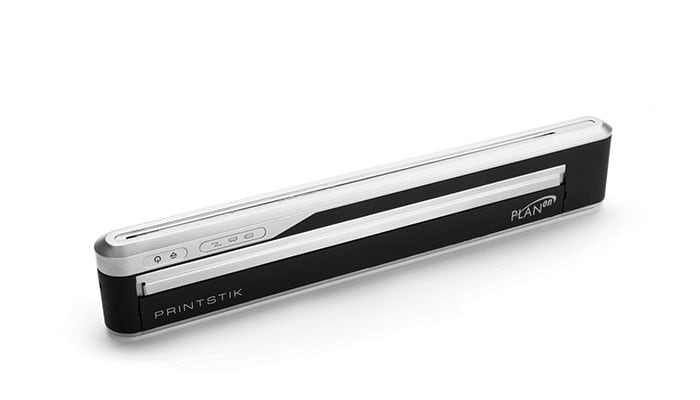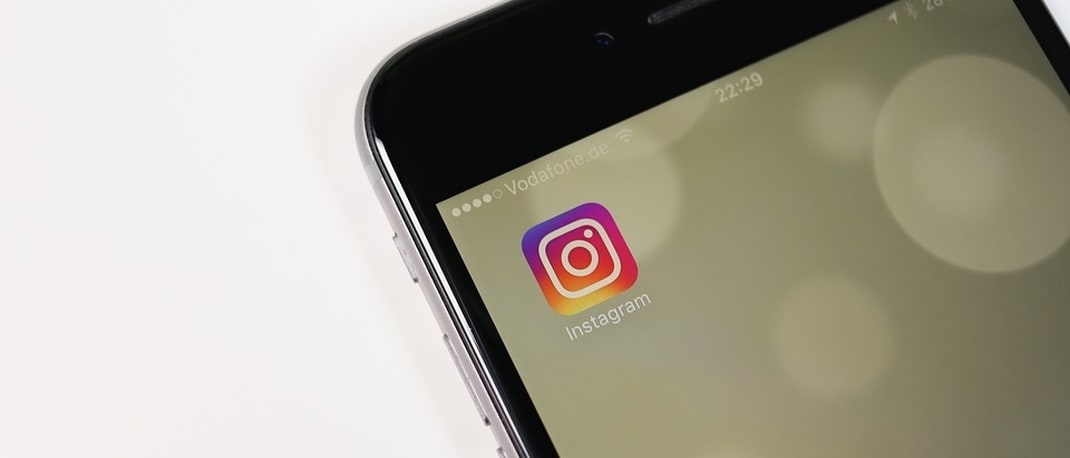Printing was first thought of and developed in China
The first recorded instance of movable type was in 1040 A.D. in China. The system, using ceramic materials, was created by Bi Sheng (990-1051) and was later improved upon in Korea in 1234 when a metal movable-type system was produced. This led to the printing of the world's oldest known extant movable metal print book, the Jikji from 1377.
Buddhist scripture - Oldest printed work

Religious works were the first documents printed in both Chinese and European printing traditions. The oldest known printed work is a Buddhist scripture printed from a woodblock during China’s Wu Zetian period between 684 and 705 AD. The earliest known printing examples done by Gutenberg were notes from the Pope, pardoning Christians for their sins (known as papal indulgences).
Syphon Recorder- First Inkjet Printer

The first continuous inkjet printing system was developed in 1867 and was known as a syphon recorder. However, it wasn’t until Canon engineer Ichiro Endo developed the thermal inkjet printer in 1957 that the technology became widely used.
Fonts Used To Be Named After People Who Created Them
Did you know that the typefaces or fonts that you use to print your documents used to actually be named after their creators? That’s right, many of the font names you use used to be someone else’s name. The best example of this is Garamond which is named after its creator Claude Garamonde who was a famous French printer. Garamond is one of the most economical fonts you can use with regard to saving ink today.
RISO Creates the Fastest Printers in the World
 The Original Equipment Manufacturer (OEM) credited with manufacturing the fastest printers in the world today is RISO. RISO’s printers are renowned for their super speed the world over.RISO’s ComColor 9050 printer is capable of printing up to 150 pages in a single minute and that is for colour prints.
The Original Equipment Manufacturer (OEM) credited with manufacturing the fastest printers in the world today is RISO. RISO’s printers are renowned for their super speed the world over.RISO’s ComColor 9050 printer is capable of printing up to 150 pages in a single minute and that is for colour prints.
World’s Largest Printer Measures 12 X 50 Meters
 The world’s largest printer ‘Infinitus’ is owned by Big Image Systems. This gigantic printer can print 600 square metres. This printer is used for printing backdrops that are used by TV, movie, and theater organisations.
The world’s largest printer ‘Infinitus’ is owned by Big Image Systems. This gigantic printer can print 600 square metres. This printer is used for printing backdrops that are used by TV, movie, and theater organisations.
World’s Smallest Printer Measures 1 X 2 X 11 Inches
 PrintStik is the world’s smallest printer manufactured by Planon, this pocket size printer measures an amazing 1 inch x 2 inches x 11 inches. What’s more, this printer is enabled with Bluetooth and mobile connectivity and comes with 20 sheets of paper.
PrintStik is the world’s smallest printer manufactured by Planon, this pocket size printer measures an amazing 1 inch x 2 inches x 11 inches. What’s more, this printer is enabled with Bluetooth and mobile connectivity and comes with 20 sheets of paper.
About 4 Litres of Oil Is Used To Manufacture a Printer Cartridge
 Every printer cartridge you use in your printer represents around four litres of oil! In simpler words, every time you use a printer cartridge, you’re using about four litres of oil. The reason for this is that from the manufacturing process of a printer cartridge to its transportation to your locality, a combined amount of about four litres of oil is used. This is one of the reasons why environmentalists advice printer users to use compatible or generic printer cartridges. Generic printer cartridges carry more ink which is why less oil is said to be used in their manufacturing process.
Every printer cartridge you use in your printer represents around four litres of oil! In simpler words, every time you use a printer cartridge, you’re using about four litres of oil. The reason for this is that from the manufacturing process of a printer cartridge to its transportation to your locality, a combined amount of about four litres of oil is used. This is one of the reasons why environmentalists advice printer users to use compatible or generic printer cartridges. Generic printer cartridges carry more ink which is why less oil is said to be used in their manufacturing process.
Printers Can Be Used To Print Food Too
Printers can be used to print food that can then be eaten. These types of printers are known as 3D or three dimensions printers. 3D printers are the wave of the future and experts predict that they’ll be commonplace as soon as the inherent technology gets more refined and becomes more commercially viable. 3D printers can not only be used to print food but also other things such as real life houses, guns, clothing, jewellery, and even artificial prosthetics used in the medical profession. NASA is even planning to send an advance 3D printer in space to help astronauts in creating shelters and tools.
Enjoyed this article? Then please consider sharing it also, please do share any comments or questions you would have.



